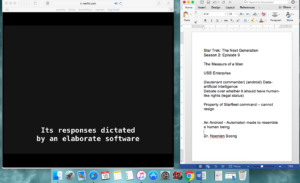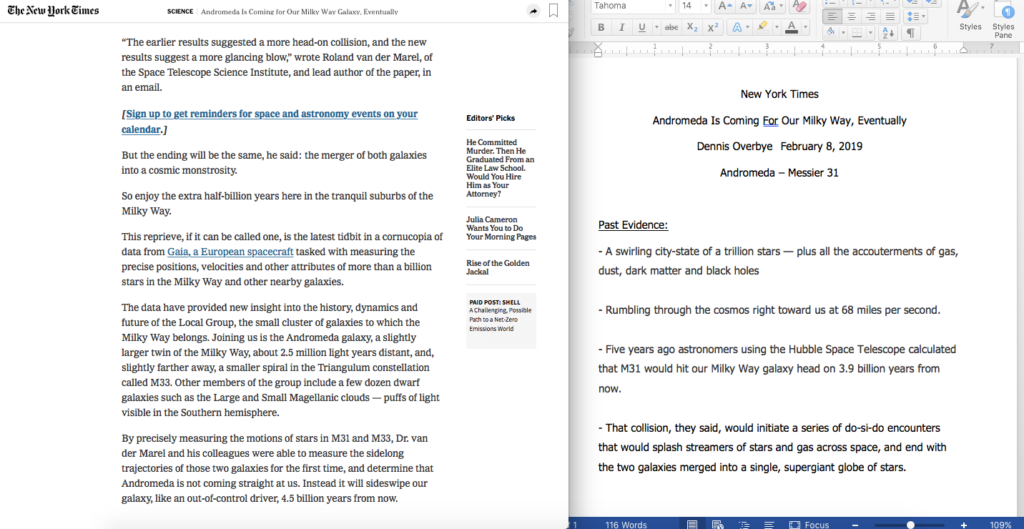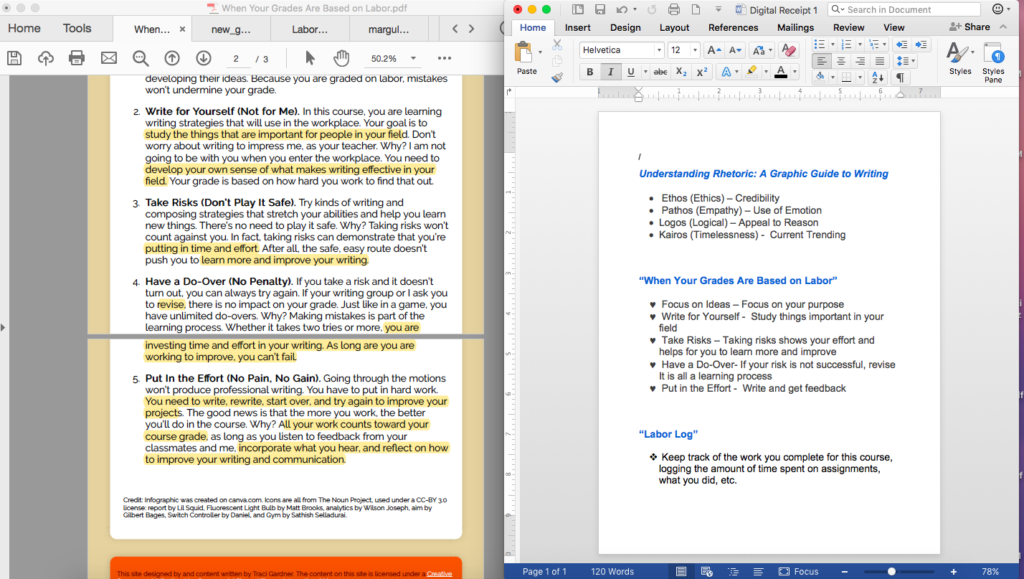Geetangalie’s Week #3 Response
Star Trek: The Next Generation’s episode “The Measure of a Man,” is based around an argument whether an artificial intelligence deserves human-like rights. Lieutenant Commander Data is an android, which is defined as an automaton made to resemble a human being, made by Dr. Noonien Soong. Commander Bruce Maddox has come to take Data, so he can use him as research on how to create another being like him. Since there is only one of his kind, Commander Bruce would need to take Data apart and risk him not being able to put him back together successfully. Under Captain Picard’s advice, Data decides to resign so he would not be submitted to the procedure. This is when there is a debate whether Data is the property of Starfleet command, therefore does not have the right to resign. Opposing the ruling, Captain Picard requests a hearing where Commander Bruce Maddox regards Data as non-sentient. When asked how to define someone as sentient, he says they must possess three qualities; intelligence, self-awareness, and consciousness. Commander Bruce argues that there is no way to prove that Data does not have even the smallest amounts of all three qualities. The Starfleet court ultimately rules that Data has the right to choose. This case is one difficult to choose opinions on, as artificial intelligence are generally created for their intelligence, not to mimic humans. But, an android specifically is made in the image of a human, and as they procure human-like emotions it can be understood the desire for their rights.
Algorithms of Oppression by Safiya Noble is an eye-opening composition as it sheds light on a topic many people are ignorant to. The basis of the book is surrounding the racial discrimination against people of color, in particular women in technology. Safiya explains how Google’s search engines are prime examples of this racism and sexism. Google has unnoticeably used their search engines to form our minds and lives by making us associate particular words with negative racist and/or sexist connotations. They, in turn, have been biased to the white community, giving them privilege by always portraying them in “perfect” light.






